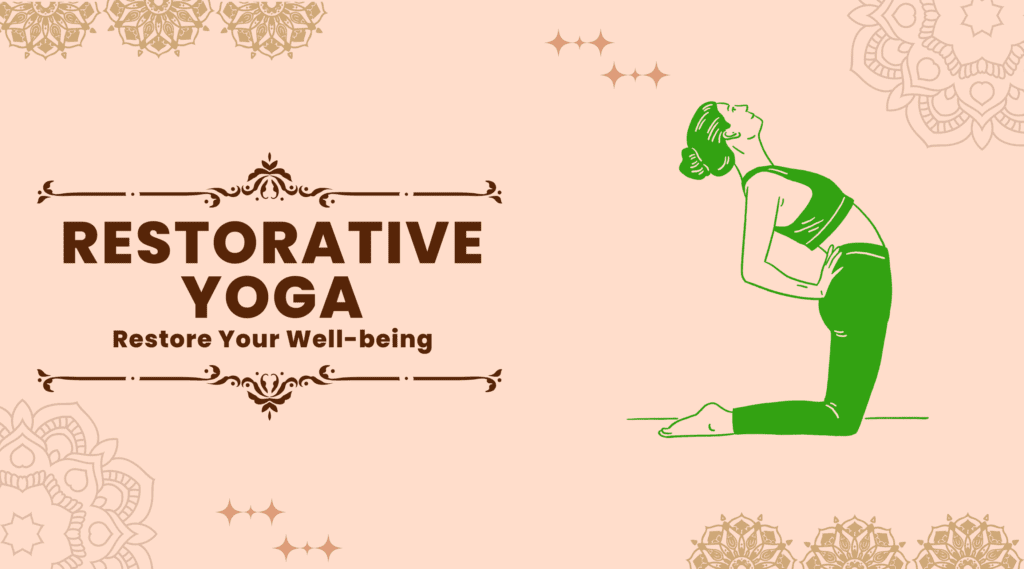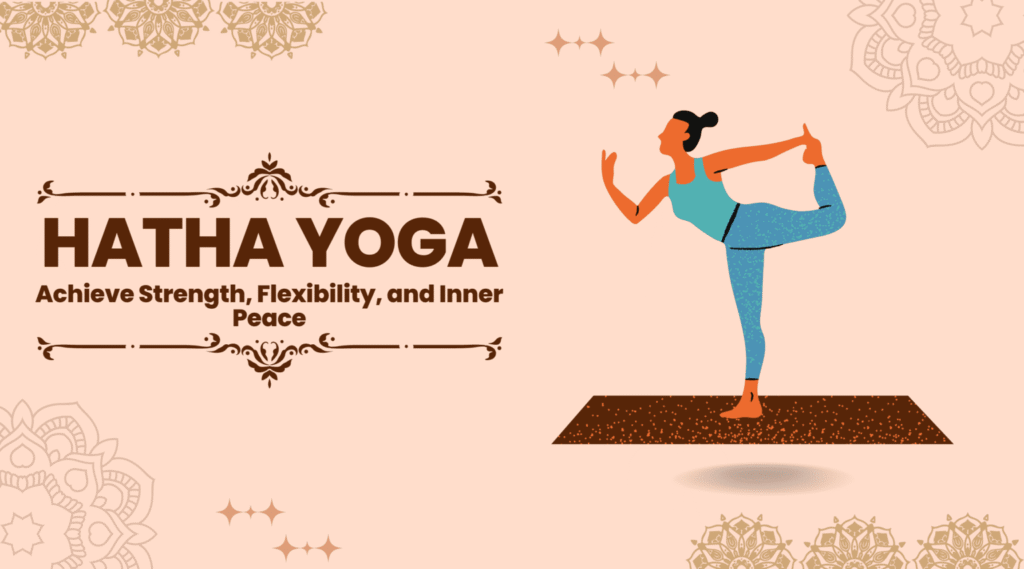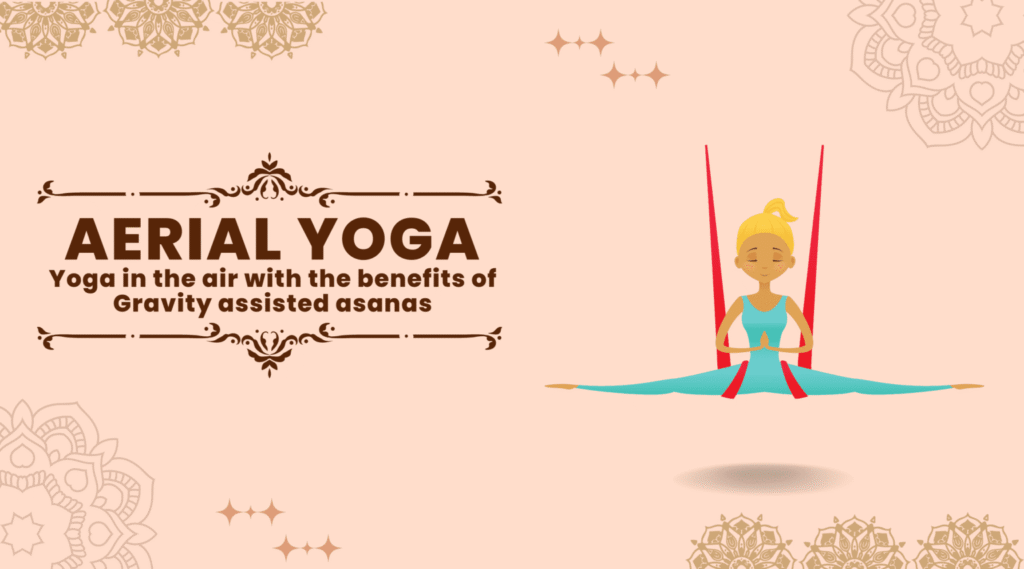
Introduction
Restorative yoga is a gentle form of yoga that is designed to help you relax and rejuvenate. It is a type of yoga that involves the use of props, such as blankets, bolsters, and blocks, to support the body in various postures.
These postures are held for extended periods of time, typically between five and twenty minutes, to allow the body to fully relax and release tension. Unlike other forms of yoga that are more physically demanding, restorative yoga is a passive practice that focuses on stillness and deep relaxation.
This yoga form is an excellent choice for anyone who wants to reduce stress, improve flexibility, and enhance their overall well-being. This practice is suitable for people of all ages, levels of fitness, and physical conditions, making it a safe and accessible way to improve your health.
Suggested: Best Yoga Retreats And Yoga Teacher Training In Rishikesh
History of Restorative Yoga
This yoga form is a relatively new style of yoga that was developed in the United States in the late 1970s and early 1980s. Judith Hanson Lasater pioneered this yoga form. She is a teacher and author, and inspired by the work of B.K.S. Iyengar and his use of props to support the body in yoga postures.
In the early days of restorative yoga, Lasater focused on developing a set of poses that could be held for extended periods of time with the support of props, such as blankets, bolsters, and blocks.
She believed that by holding these poses for longer periods of time, the body could fully relax and release tension, allowing for deep healing and rejuvenation.
Over time, restorative yoga has become increasingly popular as people have discovered the many benefits of this gentle and relaxing practice. Today, restorative yoga classes can be found in yoga studios all over the world, and the practice continues to evolve as teachers explore new variations and approaches.
Benefits of Restorative Yoga
Restorative yoga offers a range of benefits for both the body and mind. A few of them are as follows:
- Reduces Stress and Anxiety: It helps to calm the nervous system and reduce stress and anxiety. The slow, gentle movements and deep breathing exercises help to activate the parasympathetic nervous system, which is responsible for relaxation and stress reduction.
- Improves Flexibility: Restorative yoga helps to improve flexibility and range of motion. The prolonged holds in each posture allow the muscles to release tension and become more pliable over time.
- Enhances Sleep Quality: This style of yoga can improve sleep quality by reducing stress and promoting relaxation. Regular practice can help to regulate the sleep-wake cycle and improve overall sleep patterns.
- Improves Immune System: Restorative yoga is very helpful in improving the immune system as it reduces stress and promotes relaxation. It is also beneficial in improving overall health and reducing the risk of illness and disease.
- Improves Circulation: This can help to improve circulation by stimulating the lymphatic system and increasing blood flow throughout the body.
- Relieves Pain: This yoga style can help to relieve pain by reducing tension and inflammation in the body. It is good for people with chronic pain also.
Features & Techniques of Restorative Yoga
This yoga form involves the use of various techniques to help the body relax and release tension. Here are some of the key techniques used in this practice:
- Use of Props: This yoga form uses props such as blankets, bolsters, blocks, and straps to support the body in various poses. The props help to provide a comfortable and safe environment for the body to fully relax and release tension.
- Slow and Gentle Movements: This is a slow and gentle practice that focuses on long-held poses. The movements are designed to be slow and mindful, allowing the body to fully relax and release tension.
- Deep Breathing: Deep breathing is an essential part of restorative yoga. The practice involves slow, deep breaths, which help to calm the nervous system and reduce stress and anxiety.
- Guided Meditation: It often includes guided meditation, which helps to quiet the mind and promote relaxation. The meditation may focus on the breath, a specific mantra, or a visualisation.
- Body Awareness: It emphasises body awareness, encouraging practitioners to focus on the sensations and feelings in their body. This helps to develop a deeper connection to the body and promotes relaxation.
- Yoga Nidra: Yoga Nidra is a type of guided meditation that is often used in restorative yoga. It involves deep relaxation and is designed to promote healing and rejuvenation.
- Long-Held Poses: This yoga involves holding poses for extended periods of time, often between 5-20 minutes. This allows the body to fully relax and release tension, promoting deep healing and rejuvenation.
- Relaxation and Rejuvenation: Restorative yoga is designed to promote relaxation and rejuvenation. The practice helps to release tension and stress, promoting a sense of inner calm and well-being.
How to Practise Restorative Yoga
As this is a simple and accessible practice so anyone can do it in the comfort of one’s home. To get started, you will need a few props, such as blankets, bolsters, and blocks.
You use these props to support your body in various postures, so it’s important to have them on hand.
- To practise restorative yoga, start by finding a quiet and comfortable space where you can lie down and relax.
- Start the practice with taking deep breaths. While taking deep breaths, inhale through your nose and exhale through your mouth. Allow your body to relax and release tension with each exhale.
- Next, choose a yoga posture and use your props to support your body in the pose.
- Hold the pose for several minutes, allowing your body to fully relax and release tension.
- Focus on your breath and allow your mind to quiet and become still.
- While coming out of the asana (pose), do it gradually and mindfully. And do not forget to do deep breathing for some time before going to the next asana (pose). You can practise this yoga form for as little as ten minutes a day, making it a simple and accessible way to improve your health and well-being.
Cautions while practising Restorative Yoga
Though this yoga is generally considered to be a safe and gentle practice that is suitable for most people. However, there are a few precautions and considerations to keep in mind when practising restorative yoga. For example: Using Props Safely, Avoiding Overstretching, doing the poses according to body limits etc.
Expectations from a Restorative Yoga class
- When attending a restorative yoga class, it’s important to have realistic expectations. However, in the class we generally can expect some features like:
- A relaxing environment with a quiet space, dimly lit free of distractions.
- Slow and gentle poses with a focus on relaxation and release.
- Expect holding each pose for an extended period of time typically between 5-20 minutes.
- Focus on slow and deep breaths throughout the practice etc.
Conclusion
Restorative yoga is a gentle and relaxing form of yoga. This can help to reduce stress, improve flexibility, and enhance overall well-being.
It is a safe and accessible practice and people of all ages and physical conditions can practise this style yoga. By incorporating restorative yoga into your daily routine, you can improve your health and experience a greater sense of relaxation and inner peace.
You Can Also Read


